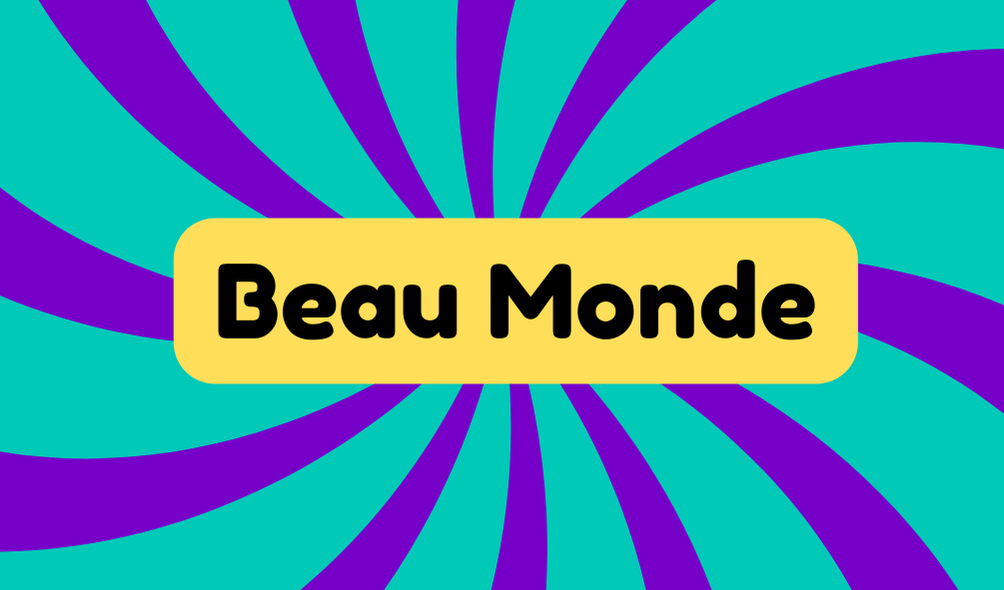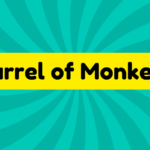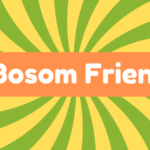The term "beau monde," which translates to "fine world" from French, refers to elite society and its historical roots in 18th-century France. It highlights a class marked by wealth, influence, and refined tastes. You might hear sentences like, "Indifference often marks experiences with the beau monde." Such phrasing captures the allure and criticism of this social group. This concept is relevant today as many chase the glamour and status it represents. In an age where social media amplifies pressures to conform, understanding the beau monde's impact on culture and aspirations can be quite enlightening.
Synonyms
When you think of the term "beau monde," several synonyms might come to mind that encapsulate its essence. This fashionable society represents a unique blend of exclusivity and affluence. However, it's essential to remain critical of the superficial glamour it portrays. Here are a few terms that resonate with the idea of the beau monde:
- Social elite
- High society
- Luxury lifestyle
- Cultured class
- Fashionable set
Each synonym reflects a world filled with lavish parties and sparkling chandeliers, but doesn't always reveal the pressures and pretenses involved. Pursuing a life among the elite often highlights the stark contrasts between wealth and the everyday struggles faced by those outside this glamorous circle. Exploring these themes can lead to a more profound understanding of societal dynamics.
Example of Sentences
The term "beau monde" often appears in contexts that illustrate its essence in fashionable society. You might find it evokes thoughts about the cultural significance of elite circles and their impact on societal perceptions. Here are a few sentences that capture its essence:
- People often express indifference to the glittering beau monde before settling down.
- There's widespread recognition of how the beau monde captivates the public's imagination.
- You can observe the rapid development of a local beau monde in trendy areas.
- Some even name their creations, like seasoning, after the concept of Beau Monde.
- Individuals enthusiastically anticipate becoming icons within the beau monde.
Each sentence hints at the interplay between wealth, status, and the societal perspectives they invoke, allowing you to understand the complexities of this glamorous world.
Origin
Tracing the origin of "beau monde," it first appeared in early 18th-century France, likely between 1705 and 1710. This term translates literally to "fine world," reflecting the historical context of a time when social hierarchies thrived. You'll notice that "beau" comes from the Old French "bel," meaning beautiful, with roots in Latin. The term "monde," meaning world in French, also traces back to Latin "mundus." As language evolved, so did the connotations associated with this phrase, escalating from mere beauty to symbolize elite society. This evolution reveals much about how people perceive status and aesthetic appeal. It's vital to recognize how such terms shape cultural perspectives, often idealizing wealth over substance.
Collocations
Building on the understanding of "beau monde" from its origins, it's interesting to explore how this term interacts with various collocations. When you think about beau monde socialites and their world, a few phrases often come to mind. These collocations not only provide insight into this elite lifestyle but also reflect the complexities and realities behind those affluences.
- Glittering beau monde
- Sophisticated social events
- Affluent lifestyle trends
- Exclusive cercle
- Glamorous soirées
These terms illustrate the allure and sometimes superficial nature of this high society. It's important to recognize that while these socialites showcase idyllic lifestyles, they often mask deeper societal disparities, sparking curiosity and questioning about the true essence of wealth and exclusivity.
How to Use in Everyday Language
When discussing the concept of "beau monde," you can effortlessly incorporate it into everyday conversations by using it to describe fashionable gatherings or the lifestyles of wealthy individuals. This phrase can elevate your language and offer a glimpse into the allure of high society. Here are some context examples:
| Everyday Usage | Context Examples |
|---|---|
| "She mingled with the beau monde." | Referring to high-profile parties. |
| "The beau monde thrives on trends." | Discussing fashion among the elite. |
| "They live in the beau monde bubble." | Talking about the lifestyles of the wealthy. |
Using "beau monde" reflects a perception that not all glitters is gold, reminding us to be critical of wealth and social status while appreciating the stylish escapades that often accompany them.
Why Is It Still Relevant Today?
The relevance of "beau monde" today lies in its representation of aspirational lifestyles and the ever-changing dynamics of social influence. In a world fueled by cultural influences, hearing about the "beau monde" can feel like a mixed bag. On one hand, it symbolizes glamour and social aspirations that many chase after. Yet, it is vital to recognize the disparity between the dream and reality. The elite often shape trends, tempting you to measure your worth against their high standards. As social media highlights these lifestyles, it's easy to feel pressured to conform. By critiquing this constant chase for luxury, we can better understand our own values and aspirations, paving the way for a more authentic sense of self beyond the allure of the "beau monde."







